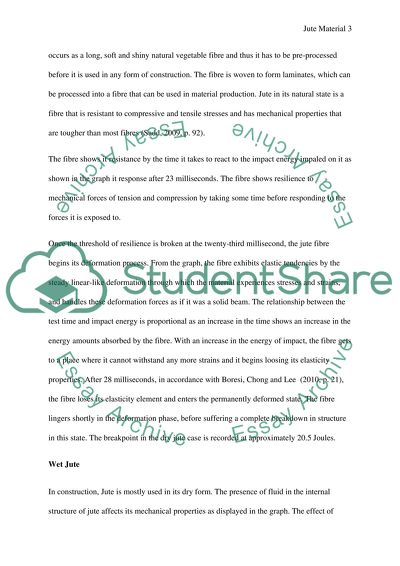Cite this document
(“Jute Material Coursework Example | Topics and Well Written Essays - 1250 words”, n.d.)
Jute Material Coursework Example | Topics and Well Written Essays - 1250 words. Retrieved from https://studentshare.org/engineering-and-construction/1448550-jute-material
Jute Material Coursework Example | Topics and Well Written Essays - 1250 words. Retrieved from https://studentshare.org/engineering-and-construction/1448550-jute-material
(Jute Material Coursework Example | Topics and Well Written Essays - 1250 Words)
Jute Material Coursework Example | Topics and Well Written Essays - 1250 Words. https://studentshare.org/engineering-and-construction/1448550-jute-material.
Jute Material Coursework Example | Topics and Well Written Essays - 1250 Words. https://studentshare.org/engineering-and-construction/1448550-jute-material.
“Jute Material Coursework Example | Topics and Well Written Essays - 1250 Words”, n.d. https://studentshare.org/engineering-and-construction/1448550-jute-material.


